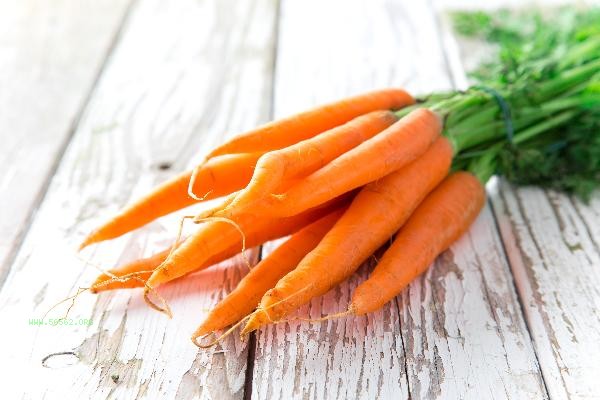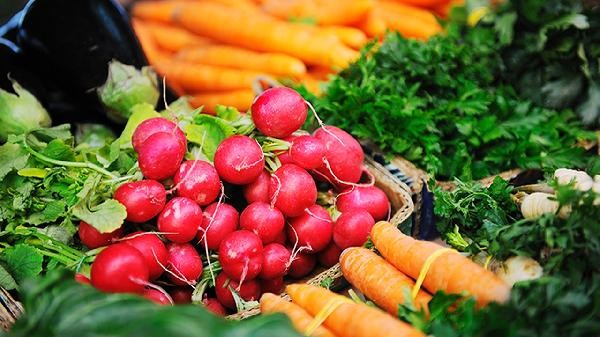The key to the delicious pickled radish lies in the selection of ingredients, pre-treatment, and seasoning ratio. There are five core steps in radish variety selection, cutting method, salting and dehydrating, seasoning combination, and sealed storage.

1. Selection of Radish Varieties
Green skinned radishes have moderate moisture content and are most suitable for marinating. Carrots with smooth skin and no scars are more easily flavorful. After winter frost, radish starch is fully transformed and has a higher sweetness. Avoid using overly coarse radish cores, as thicker fibers can affect the taste.
2. Cutting Method
The strip cutting method can maintain the best brittleness, and it is recommended to cut it into uniform long strips of little finger thickness. The raincoat knife technique can increase the surface area to aid flavor absorption, but it is necessary to maintain consistent thickness for each piece. Soaking in ice water immediately after cutting can enhance brittleness, and the time should be controlled within 20 minutes.
3. Salinization and Dehydration
Coarse salt is more likely to release water when rubbed than fine salt. For every 500 grams of radish, use 15 grams of salt to marinate in layers. Press the heavy object for 6 hours to soften the tissue, and flip it twice during this period to ensure even dehydration. After salting, rinse twice with cold water to remove excess salt.

Fourth, seasoning combination
The basic ratio is a mixture of 30% rice vinegar, 20% white sugar, and 10% soy sauce. Adding garlic slices and spicy millet can enhance the flavor level, while star anise leaves need to be stimulated with hot oil to release their aroma. Sweet and sour sauce should be boiled and cooled before use to avoid high temperatures damaging its crispness.
5. Sealed storage
Glass containers should be boiled and disinfected before being completely dried. When bottling, ensure that the sauce completely submerges the ingredients. Refrigerate and marinate for 24 hours before consumption, with the crispest texture in the first three days. Use clean chopsticks when retrieving, and consume within two weeks after opening. During the pickling process, all utensils must be strictly disinfected to avoid contamination by miscellaneous bacteria. It is recommended to refrigerate the entire process in summer. Can be paired with a few carrot sticks to increase color, and adding 5% pear juice can help soften fiber. Patients with diabetes can use erythritol instead of white sugar, and people with hypertension should reduce the amount of light soy sauce. It is normal for white film to appear on the surface of pickled radish during refrigeration, and removing it does not affect its consumption.









Comments (0)
Leave a Comment
No comments yet
Be the first to share your thoughts!